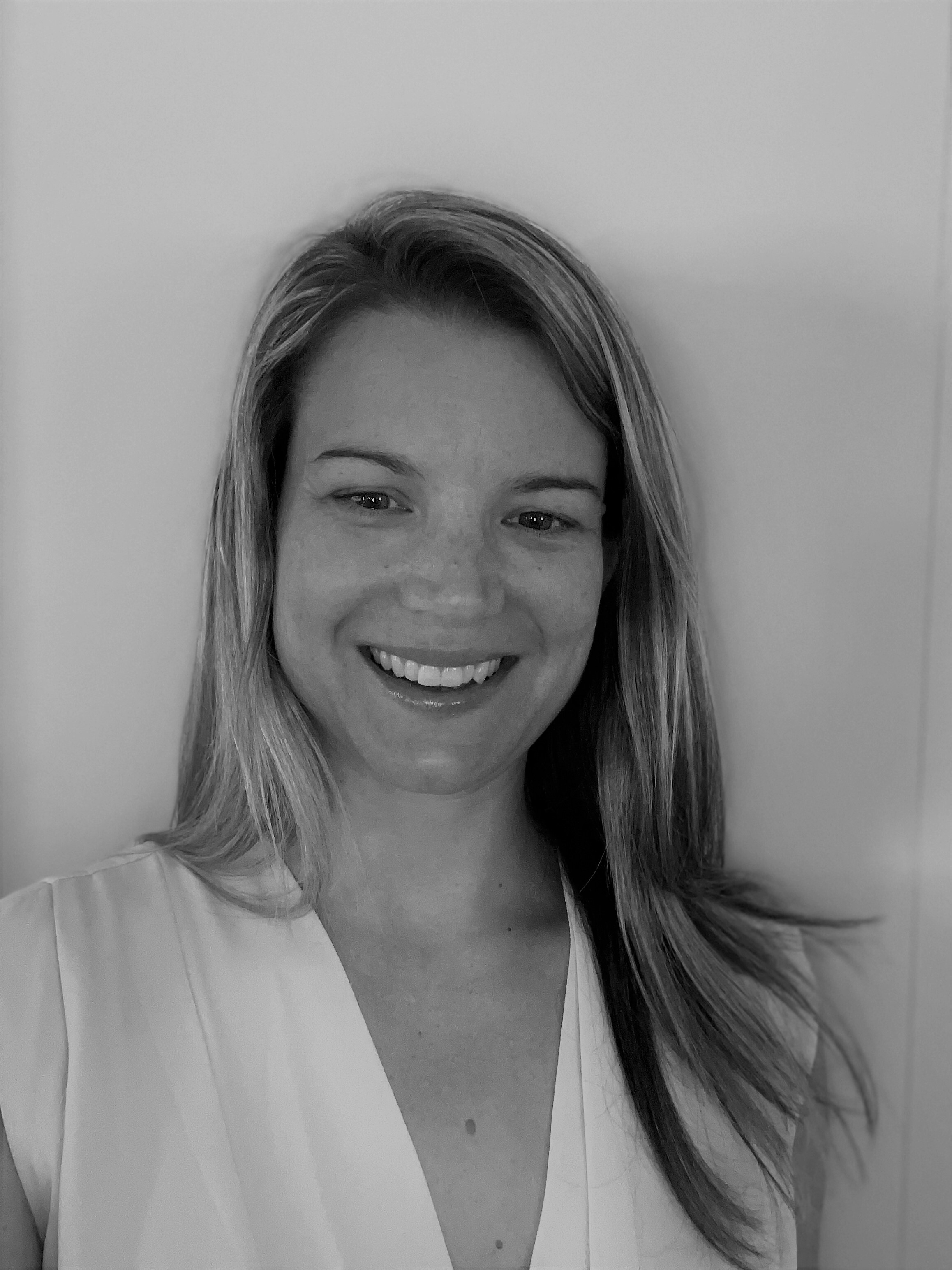As Strategic Lead, Workplace Wellbeing Partnerships, Isla Woidt is helping make workplace wellbeing and good work design a key priority across the health system.
Right now, she’s setting up consistent ways to measure and track wellbeing across SA Health and partnering with the Women’s and Children’s Hospital on a research project to improve work experiences and reduce burnout through co-design and work redesign.
What drew you to working at the CEIH and what keeps you motivated?
I truly believe that our work and working environment have a huge impact on our health and wellbeing. CEIH’s genuine commitment to putting people at the centre of everything we do, as well as working collaboratively to improve the system for South Australians really aligns with my values. What keeps me motivated is the opportunity to influence meaningful change, especially when wellbeing becomes part of how we lead, design, and deliver health services. I’m incredibly proud of the work CEIH does and grateful to work with such inspiring and courageous leadership.
What’s one project or achievement you’re proud of?
Co-authoring the CEIH Workplace Wellbeing Organisational Guide as well as a Discussion Paper in 2023. It’s a practical resource that helps healthcare teams and organisations embed wellbeing into their culture, operations, and decision-making. The guide has been used by multiple teams and health services across the SA Health system already, including underpinning the SALHN Workforce Wellbeing Plan, and is now being used as the basis for an applied research project with the Women’s and Children’s Health Network (WCHN).
Partnering with WCHN to implement the framework and measure its impact on frontline clinicians has been a privilege and amazing opportunity to put theory into action.
What’s one book, podcast, or resource that’s influenced your thinking lately?
I’ve been enjoying This Working Life podcast on my commute to work which covers modern and topical issues facing Australian workplaces. I also read The Let Them Theory and Atomic Habits while I was on holidays recently which certainly sparked some interesting conversations in our household around focusing on the things we can control and letting go of the things we can’t!
If you could solve one problem in your field (or the world), what would it be?
Coming from a public health background, I’ve always seen work as more than just a job, it’s a determinant of health. When organisations structure work in ways that support health (both physical and mental), equity, and connection, they’re not just helping employees, they’re building healthier communities. In healthcare, that also means healthier patients.
If I could solve one problem in my field, it would be removing the idea that workplace wellbeing being is a “nice-to-have”, instead of a strategic priority. Even when demands are high and budgets are tight, listening to, and looking after our people, especially our frontline workers, should always come first.
How do you recharge? What helps you maintain your own wellbeing?
I love running and spending time in nature, especially the coast. It helps me clear my busy mind. Earlier this year, I took three months long service leave to explore WA and the NT with my husband and two young kids. That time away to reconnect with nature, culture and family was a great chance to recharge the batteries and reminded me how important it is to make the most of every day we have on this planet.
